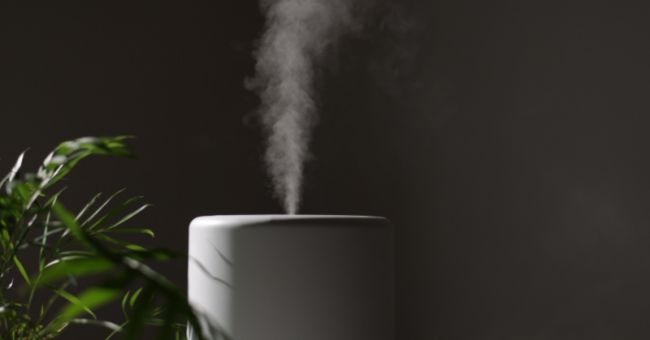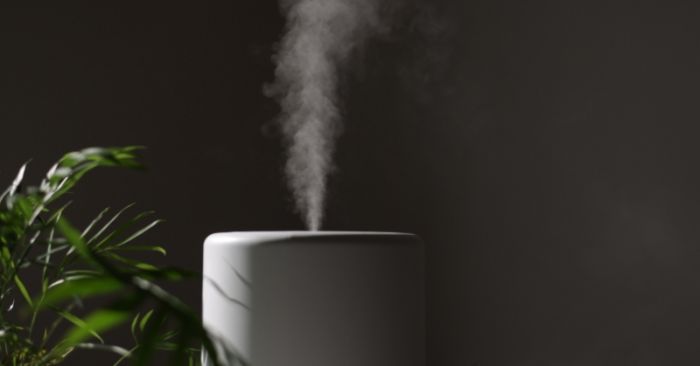Technology
4 min read
Understanding the Connection Between Indoor Air Quality And Water Damage


Often overlooked when assessing the safety and health of a business or residence, interior air quality (IAQ) is a major factor. Poor IAQ can cause allergies, asthma, and other negative effects on health. Among the major causes influencing poor air quality is water damage. Excessive humidity from burst pipes, hidden leaks, or flooding provides perfect conditions for the development of molds, bacteria, and other airborne particles. Proactive property owners who see how IAQ and water damage connect can act to keep a decent interior atmosphere..
Water damage introduces moisture into a building; if not treated, it can greatly impact the inside air quality:

Mold spores are released into the air when they begin to develop in moist circumstances. In people with weakened immune systems, these spores can trigger allergic reactions, respiratory issues, and even long-term medical issues. Typically found in locations with water damage, mold infestations often occur in secret areas such as ceilings, walls, and flooring.
High humidity results from extra moisture in the air, hence creating an ideal breeding environment for dust mites, fungi, and bacteria. High humidity might cause damage to wood structures and furniture, as well as sour, musky scents and melancholy. The humidity levels are kept in check by correct ventilation and dehumidification.
Standing water and wet substances are bacteria, viruses, and other microbes hot spots. Particularly troubling in the event of a sewage backup, when poisonous bacteria are released into the air, gastroenterological problems, respiratory symptoms, and infections could follow contact with air pollution from water damage.
Water damage could harm drywall, wood, insulation, and other building components. Chemicals that induce headache, nausea, and eye, nose, and throat inflammation might be released into the air as these parts break down. Prolonged exposure can even lead to major medical problems.
Property owners should be watching for indicators of interior air quality deterioration caused by water damage. Among some often-used indicators are:
If any of these symptoms are apparent, quick action is needed to prevent further harm and health risks.
Rapidly addressing and stopping water damage best preserves good indoor air quality. Proactive steps comprise the following:
Dealing with water damage calls for a quick response. Reducing moisture accumulation calls for the extraction of water, drying of afflicted areas, and the use of dehumidifiers. These tasks are the domain of experts in professional water damage restoration companies who can ensure complete eradication of any extra humidity.
Good ventilation throughout a building prevents moisture buildup. Exhaust fans, open windows, and a well-running HVAC system all improve IAQ by reducing humidity and limiting mold development.
Unnoticed leaks in pipes, roofs, or basements can cause water damage over time. Frequent inspections aid in the detection of problem spots before they worsen.
Unnoticed leaks in pipes, roofs, or basements can cause water damage over time. Frequent inspections aid in the detection of problem spots before they worsen.
Regularly changing HVAC filters also helps to enhance indoor air quality by eliminating mold spores, germs, and other pollutants. HEPA air purifiers and air filters can also help with this.
To keep indoor air quality, one needs a thorough strategy for water damage prevention and restoration. Companies focus on restoring water-damaged properties while providing a safe and clean environment for their residents.
Their offerings—which include water extraction, mold treatment, structural drying, and air quality improvement—make them a vital asset for property owners fighting water-related problems.
There is absolutely no dispute that indoor air quality and water damage are related. Excess moisture causes mold to grow, bacteria to build up, and toxic airborne chemicals to be released—all of which can affect both health and property integrity
Through prompt water damage repair, improved ventilation, and expert rehabilitation services, property owners may design a healthier living or work environment and safeguard their inside air quality.
Future expensive harm and long-term health problems can be avoided by acting aggressively now.
Be the first to post comment!